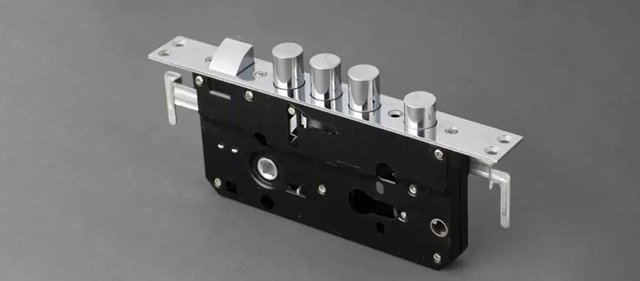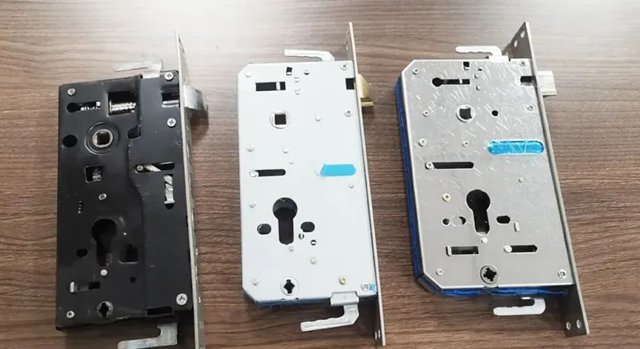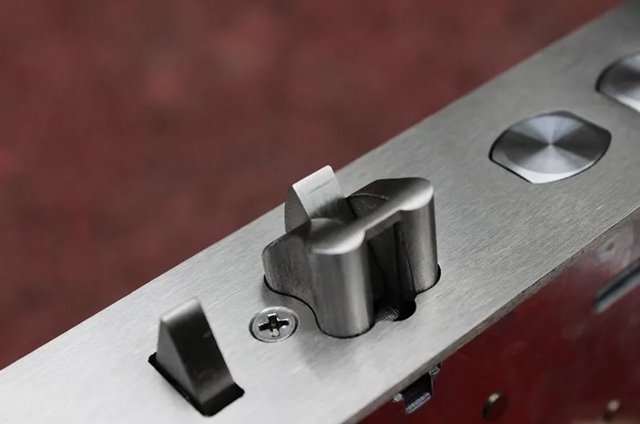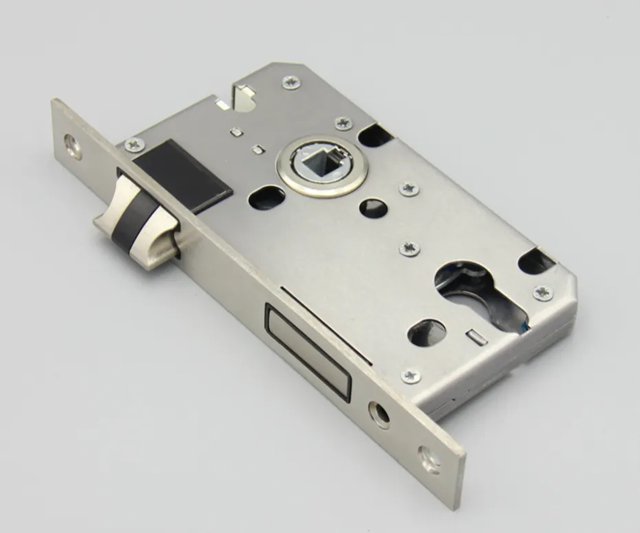A top-tier smart lock is not just about advanced technology or premium design—the quality of its lock body plays a crucial role in overall durability and security. With numerous brands offering different lock bodies and new models emerging yearly, selecting the best option can be challenging. So how can distributors and installers quickly evaluate lock body quality and choose the most suitable one for users? This guide explores key identification methods recommended by experienced industry professionals.
1. Lock Body Material
The material used in a lock body directly affects its durability and resistance to corrosion. Stainless steel is the most common material in high-quality smart locks due to its excellent rust resistance and long-lasting performance.
Lock bodies can generally be classified into two types based on their steel composition:
- Full-Steel Lock Body: All major components, including the casing, latch, and internal mechanical structure, are made of stainless steel.
- Semi-Steel Lock Body: While critical parts like the main latch and deadbolt are stainless steel, other components, such as the outer casing and spring latch, may use iron or brass.
Key differences include:
- Surface Appearance: Full-steel lock bodies have a smooth, polished finish, while semi-steel ones appear duller.
- Latch Composition: Semi-steel lock bodies often have brass spring latches, distinguishable by their yellowish hue.
- Weight: Due to material differences, full-steel lock bodies are significantly heavier than semi-steel ones, providing better durability.
The right one is all-steel lock body/mortise, the other two are mainly made of iron.
2. Manufacturing Process
Beyond material, the manufacturing process significantly impacts the lock body’s precision and longevity. High-quality lock bodies undergo precision casting, which ensures tight component integration and a refined internal structure.
In contrast, lower-grade lock bodies often use die casting, a method that results in less precision and looser component fitting. A well-crafted lock body will have minimal gaps between parts, ensuring smooth operation and enhanced security.
3. User Experience & Performance
Industry veterans, including distributors and installers, often assess lock body quality through hands-on experience. A well-engineered lock body offers smooth operation, with no jamming or resistance when turning the handle or engaging the lock.
For electronic locks, additional indicators include:
- Noise Level: A high-quality electronic lock body operates quietly, with minimal mechanical noise.
- Reliability: It should respond consistently to unlocking commands without lag or failure.
4. Lock Body Types: Mechanical vs. Electronic
Smart locks typically feature two main lock body types:
- Mechanical Lock Bodies: These have been in use for a long time and offer superior stability and reliability.
- Electronic Lock Bodies: Though historically less stable, advancements in technology have significantly improved their performance, making them an increasingly viable option.
Why Choosing the Right Lock Body Matters
A high-quality lock body enhances the longevity and performance of a smart lock, ensuring smooth functionality over years of use. In contrast, a subpar lock body not only shortens product lifespan but also increases the risk of malfunctions, leading to poor user experience and negative brand perception.
Distributors and installers play a key role in ensuring customers receive reliable, durable smart locks. By carefully evaluating lock body materials, manufacturing precision, and operational quality, they can help consumers make informed decisions—ultimately driving wider smart lock adoption and trust in the industry.
Post time: Feb-05-2025








